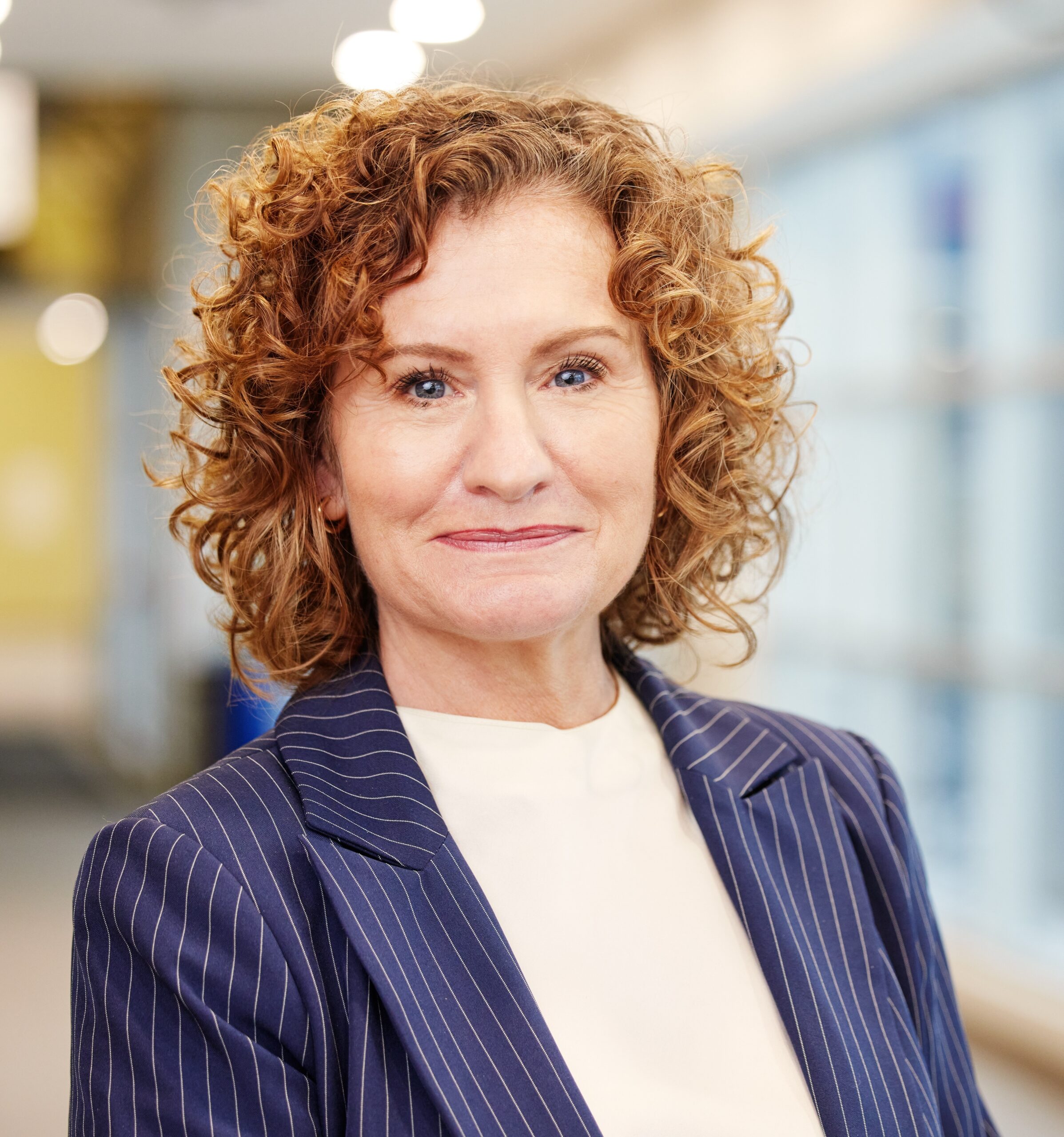
Jody Young takes wheel at WSPS, steers workplaces towards safety in era of electric vehicles and AI
January 29, 2024
By
Todd Humber

Jody Young, president and CEO, Workplace Safety & Prevention Services (WSPS).
Jody Young sees a lot of change on the horizon for Ontario workplaces when it comes to safety. And she’s sitting in the perfect chair to make a real difference.
Young was named president and CEO of Workplace Safety & Prevention Services (WSPS) last June. In an interview with OHS Canada, she didn’t hesitate to list off the biggest challenges and opportunities in the province — and it starts with the auto industry.
“We see a huge transformation happening right now in the auto sector with the move to electric vehicles, which is going to shift work from gas powered engine assembly lines to electric cars,” said Young.
With battery plants set to open in St. Thomas, Ont., and Windsor, Ont. — and rumours of a potential investment by Honda — it’s a vibrant industry with a lot of investment.
“There will be a significant need for us to work with businesses and employers that are operating in that sector, and really help them navigate and anticipate all of those hazards that are different from the ones they’re used to managing within their respective workplaces,” she said.
Battery electric vehicles (BEV) are a fast-emerging form of technology. Businesses, such as auto collision centres, repair shops and auto recyclers, are beginning to see an increase in BEVs, and often have a poor understanding of the health and safety hazards. This has led to apprehension about working on these vehicles. To add clarity, WSPS is developing a white paper on the hazards, and associated legislation.
Going hand in hand with that is the rise in automation as the use of robots and technology continues to expand, she said. The third area that is popping up on her radar is the prevalence of artificial intelligence.
“There’s a lot of really innovative practices that are being supported by AI, but it also comes with a sense of cautious oversight by the people who really have the technical expertise,” said Young.
Her goal is to ensure WSPS is ready to pivot, adapt and help its clients across the province keep workers safe.
The role of WSPS
WSPS is focused solely on Ontario, and its role is not compliance and enforcement, she said.
“We are here to provide employers with consulting and training services,” she said. “Many of our services for those small businesses are offered for free — and we are there to provide them with the baseline tools and knowledge they need to operate safely.”
The goal is to ensure that workers are able to work in safe environments and that when compliance and enforcement staff from the government come knocking, they will be in a good position to be in compliance with all the applicable standards, she said.
“Simply put, we’re there to help. We’re there to be a partner and work with them to keep their employees safe and get them to a place where they are in compliance,” said Young.
Focus on mental health continues
Psychological safety is a permanent part of OHS in her books — with more workers unwilling to work in unsupportive environments, she said.
“For many employees, their expectation of a workplace that is psychologically safe is non-negotiable,” said Young.
Businesses that show a strong, public commitment to safety will also have an edge in recruiting and retaining staff, she said.
“I’m talking about the businesses that are truly committed to safety, not just having that policy on the wall,” said Young. “Walking the talk and having a reputation for really implementing practices from top to bottom within their organization.”
Helping new, small businesses
Young really wants to see WSPS expand its reach beyond the “cadre of businesses” it is currently working with — particularly smaller organizations.
She said they have been mandated to work with new businesses that have registered with Ontario’s Workplace Safety & Insurance Board (WSIB).
“A predominant number of those are small businesses,” said Young. “Getting to those businesses within 30 days and providing them with supports and tools to get a proportionate health and safety program setup before they have an accident or injury is really important.”
A history of service
Young joined WSPS as a health and safety leader with more than 30 years of experience in both the public and private sectors.
Most recently, she held the role of assistant deputy minister, of Employment and Training and Fair Safe and Healthy Workplaces Divisions, with the Ontario Ministry of Labour, Immigration, Training and Skills Development. In that role, she provided strategic leadership to the transformation of Employment Services in Ontario.
Before that, she served as assistant deputy minister for Fair, Safe and Healthy Workplaces in both Ontario and Alberta. She is a Canadian Registered Safety Professional (CRSP) and completed her Honours Bachelor of Science degree at the University of Toronto.